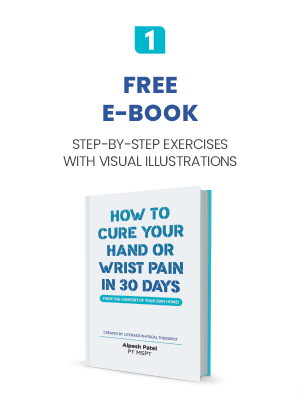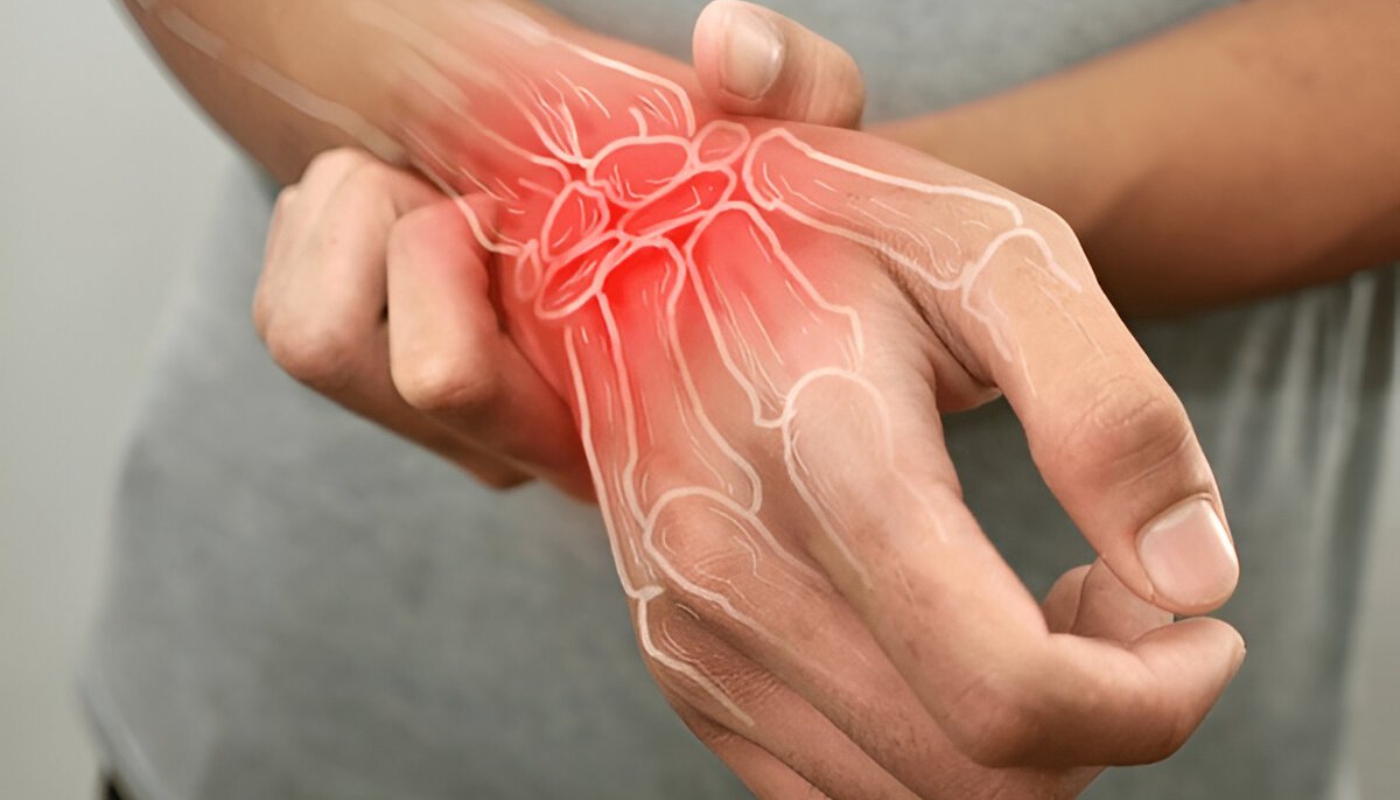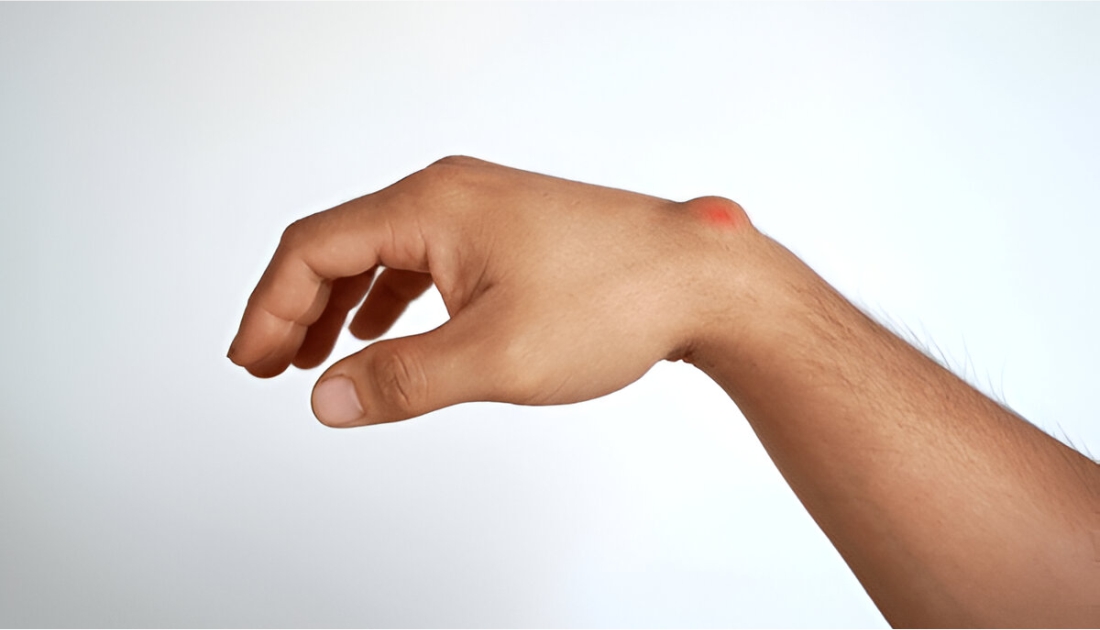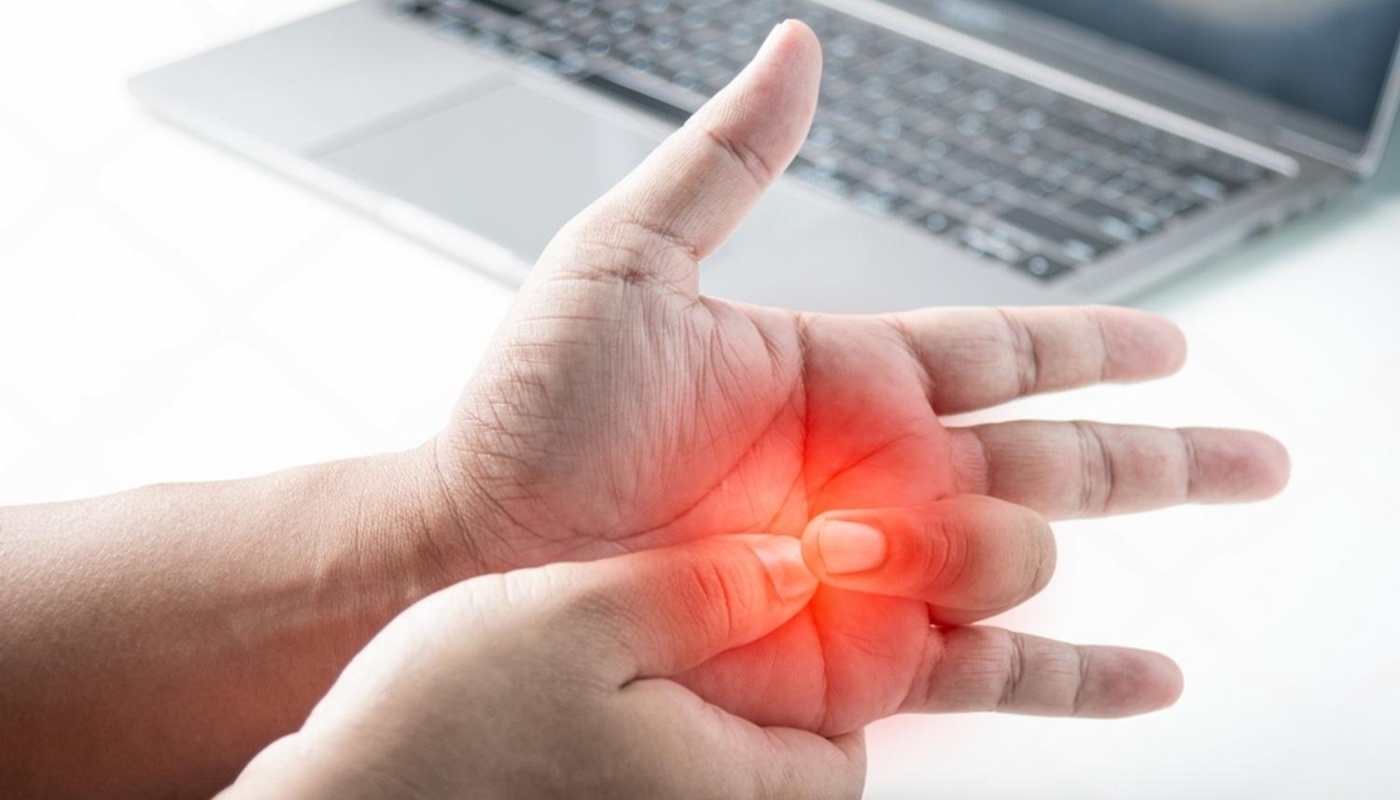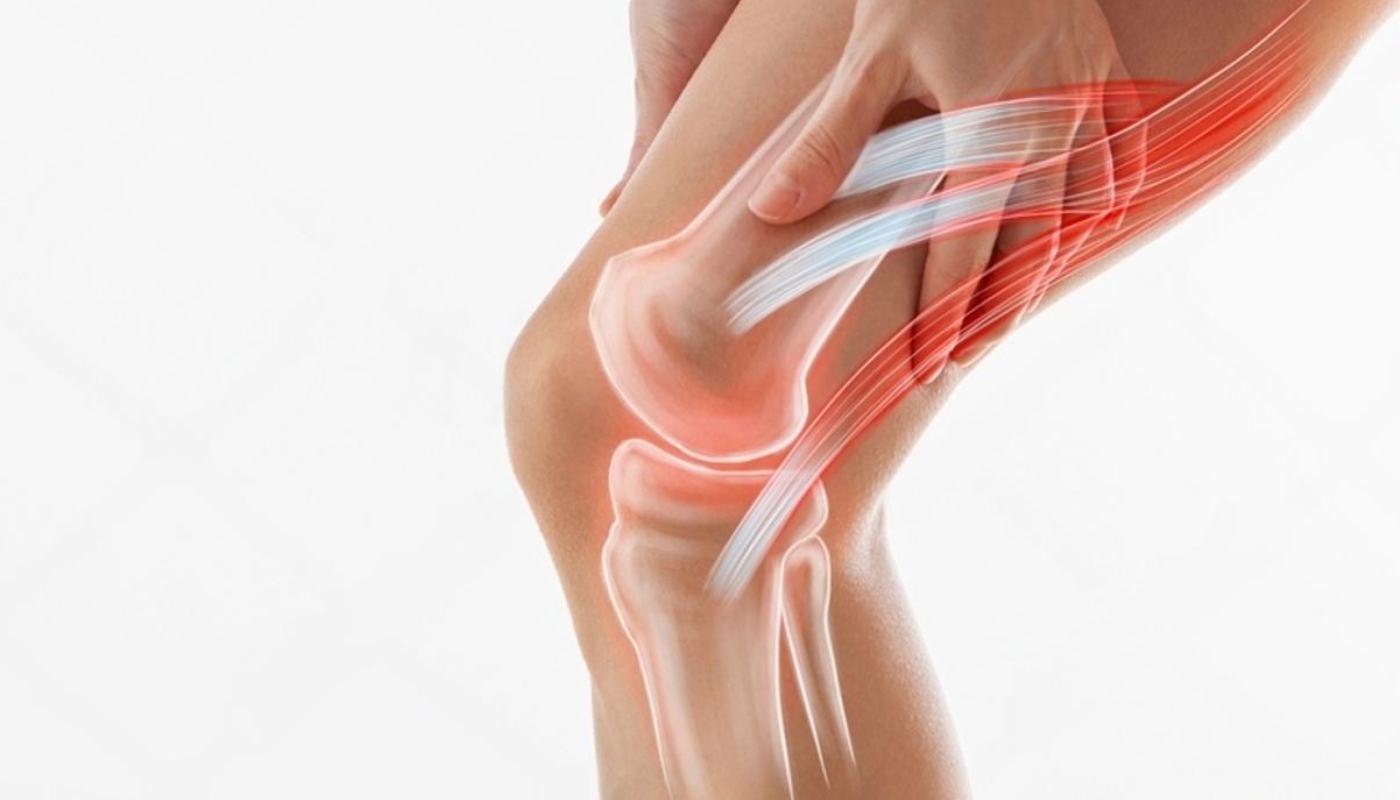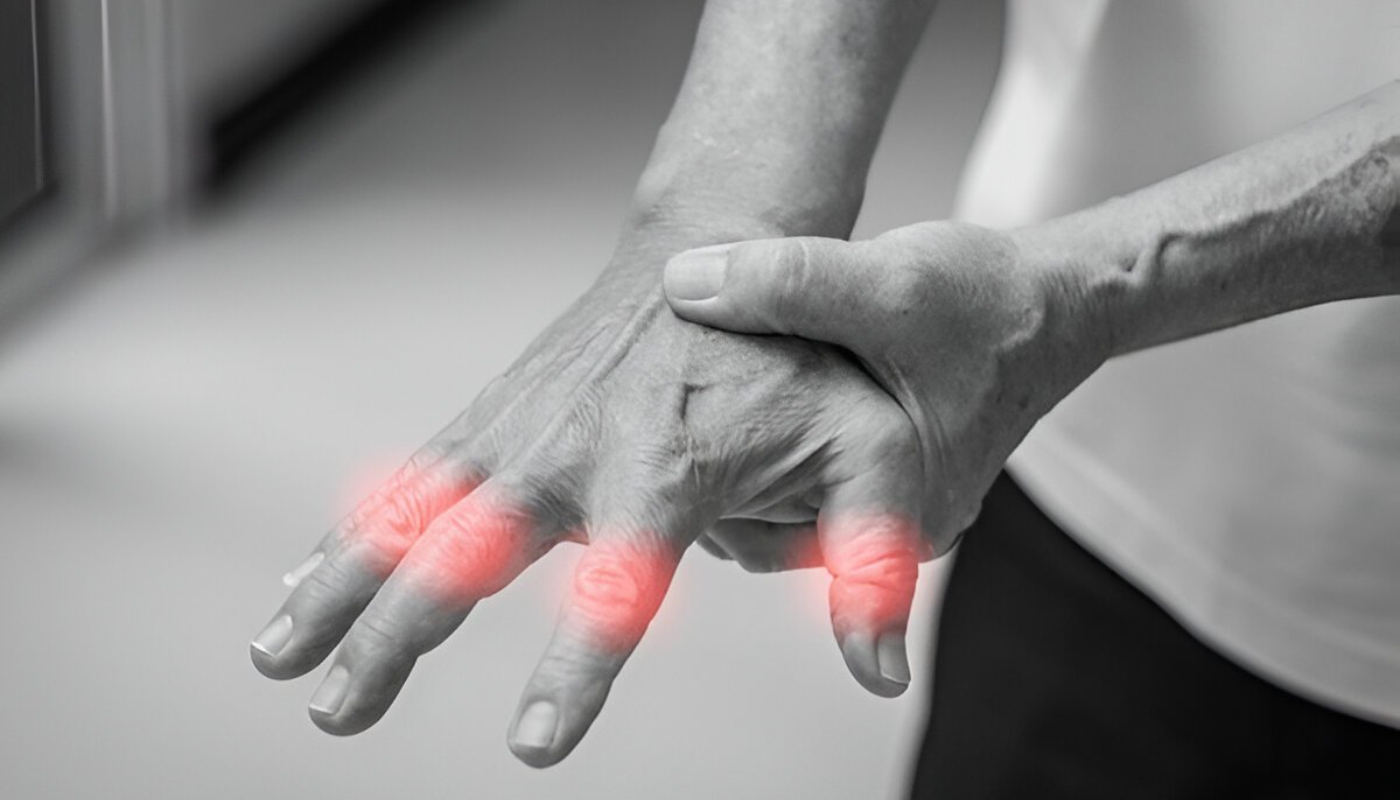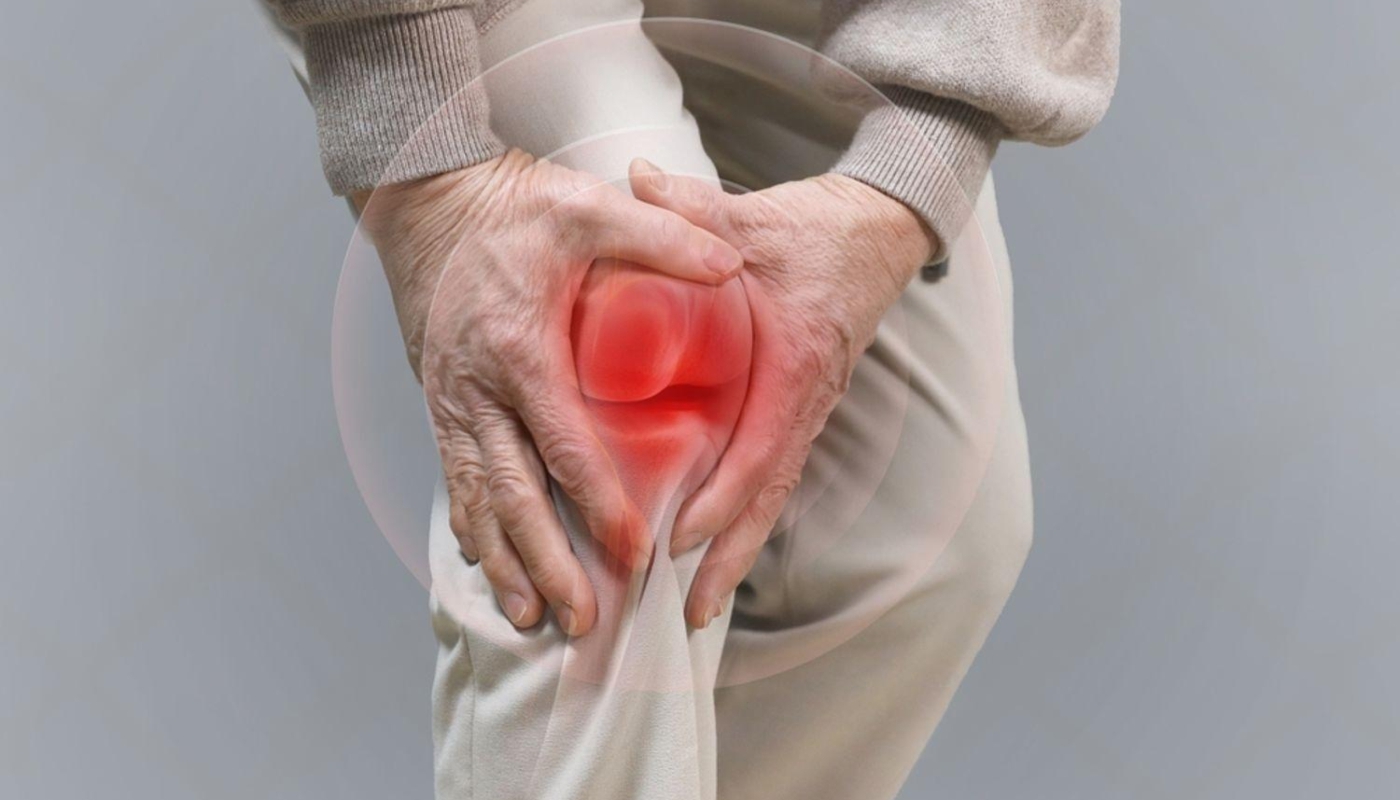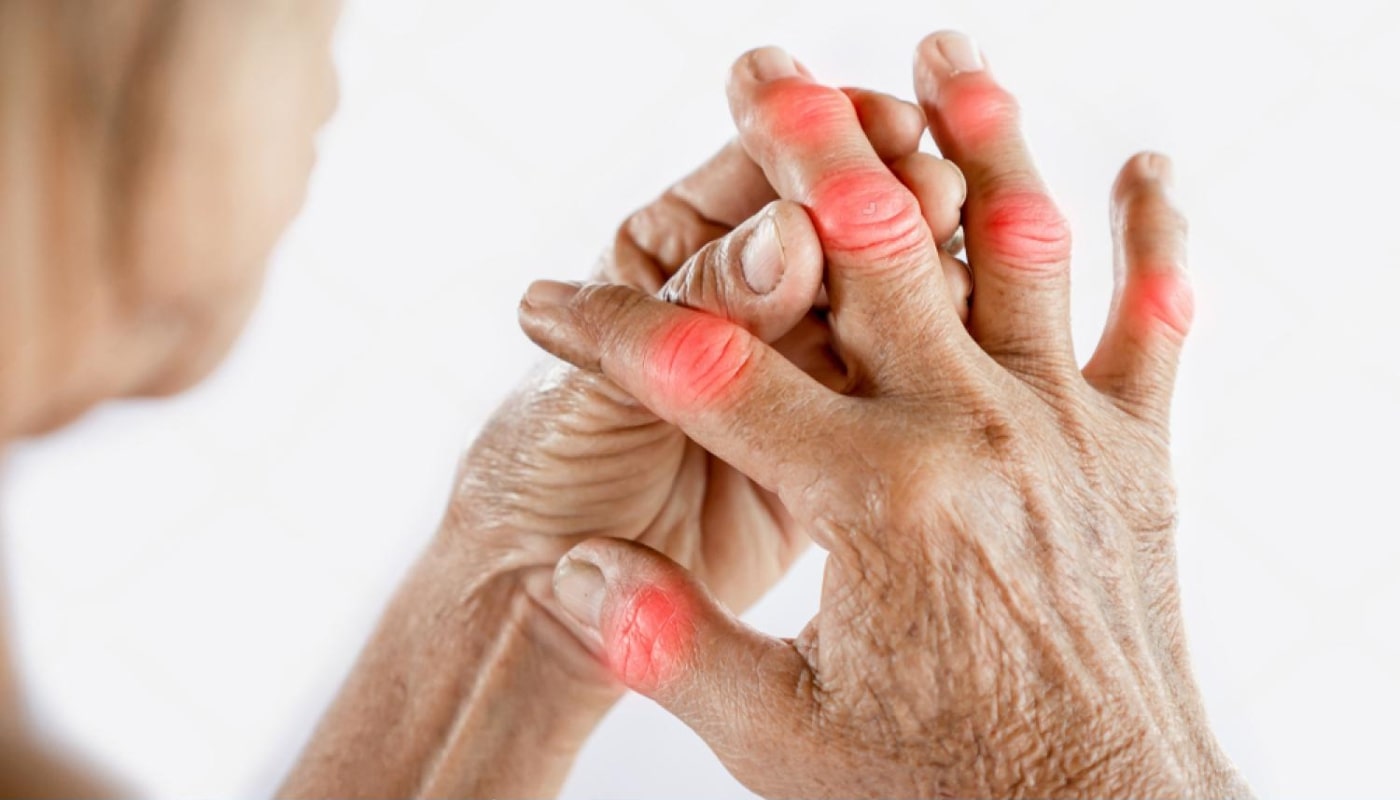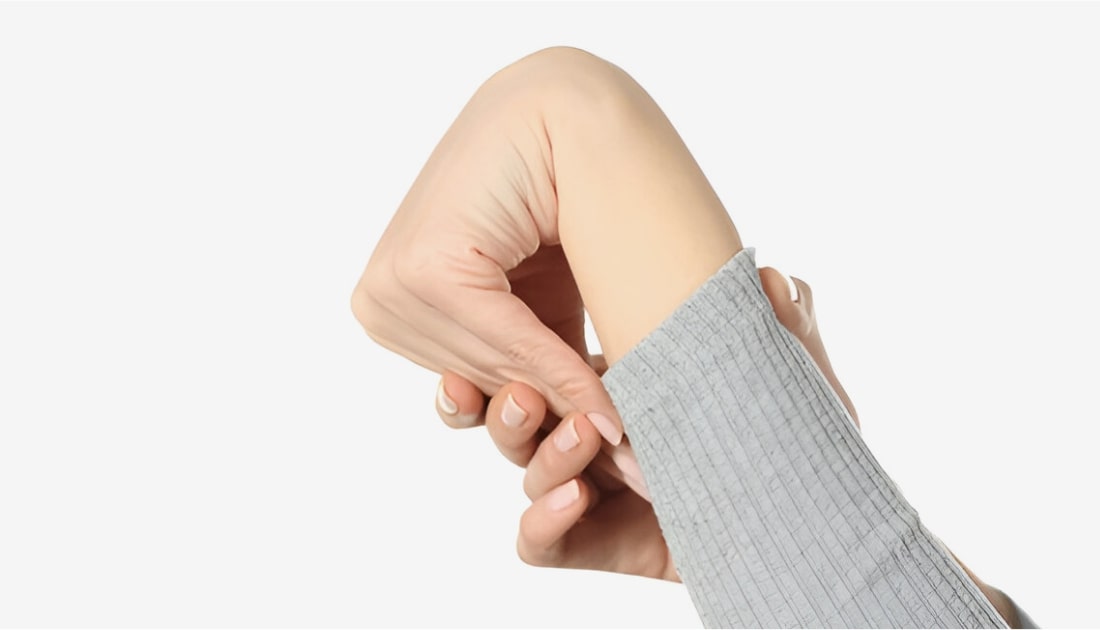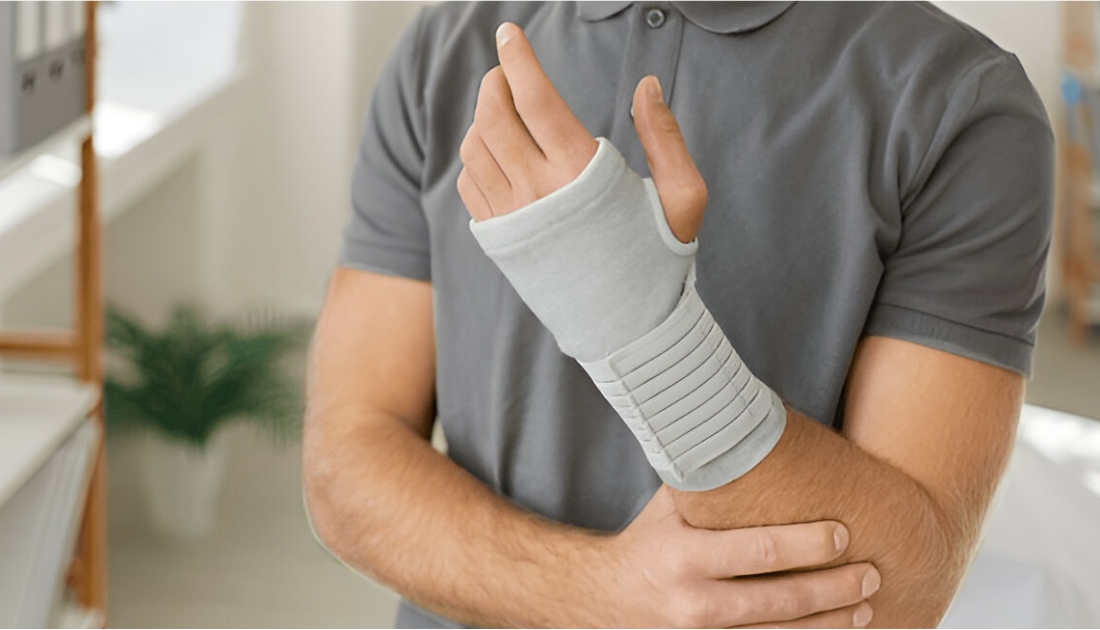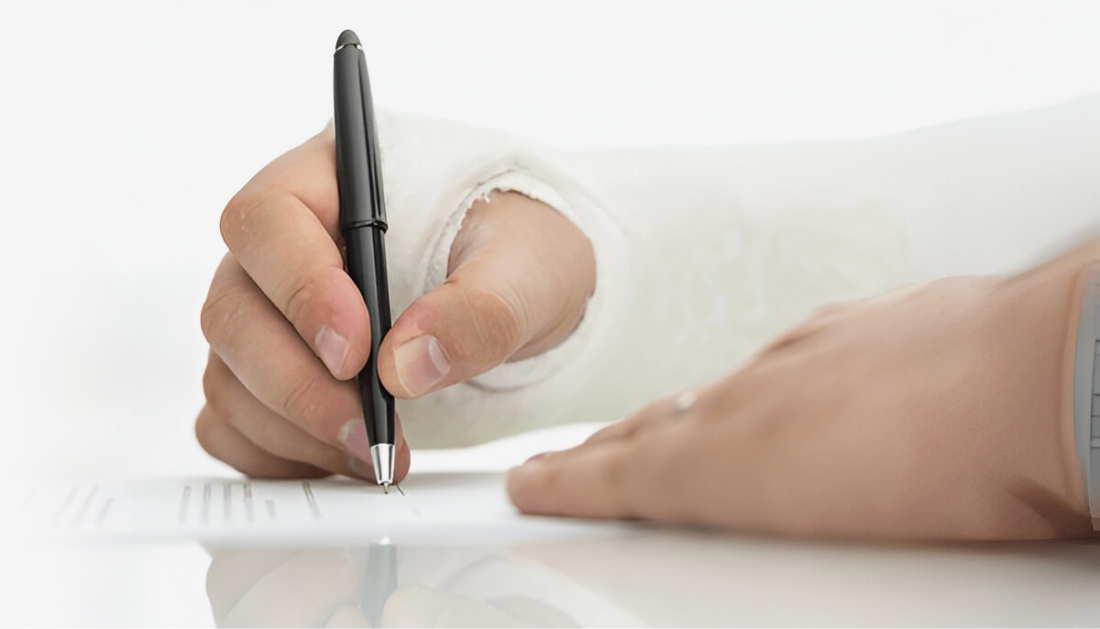Explore dequervain’s tenosynovitis, its causes, symptoms, and effective treatment options to manage this common wrist condition.
Dequervain’s tenosynovitis is a painful condition affecting the tendons on the thumb side of the wrist. It occurs when the tendons of the abductor pollicis longus and extensor pollicis brevis become inflamed, causing pain and discomfort. This condition often manifests as a result of repetitive hand and wrist movements, such as those commonly seen in activities like gardening, playing sports, or typing.
The primary symptom of dequervain’s tenosynovitis is pain near the base of the thumb, which may radiate up the forearm. Individuals may also experience swelling and a sensation of catching or snapping when moving the thumb. This can make daily tasks such as gripping, pinching, or even holding objects quite challenging.

Risk factors for developing this condition include age (especially between 30-50 years), gender (more common in women), and certain health conditions like rheumatoid arthritis. Additionally, new mothers often experience this condition due to the repetitive motions of lifting and carrying their babies.
For effective management of dequervain’s tenosynovitis, it is essential to seek appropriate treatment options. At theravio.com, we offer innovative therapeutic solutions designed to empower your journey toward recovery, enhancing your overall quality of life.
Common Causes of Dequervain’s Tenosynovitis
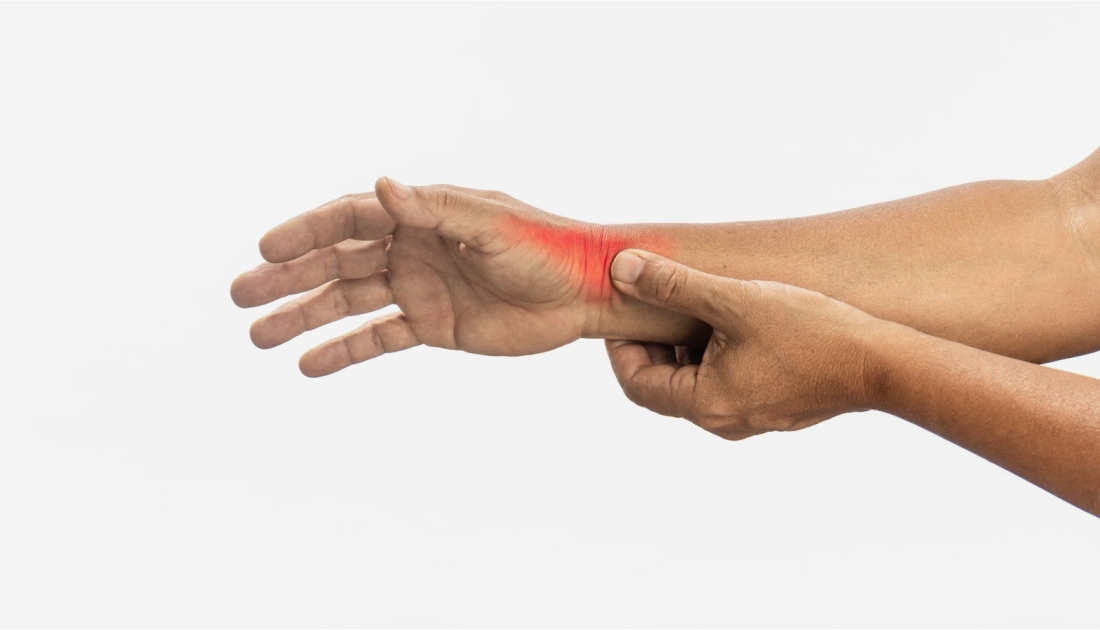
Understanding the common causes of dequervain’s tenosynovitis is crucial for prevention and effective management. This condition typically arises from a combination of repetitive motions and underlying health factors. Here are some of the key causes:
- Repetitive Hand Movements: Engaging in activities that require repetitive wrist and thumb motions, such as typing, knitting, or playing musical instruments, can strain the tendons and lead to inflammation.
- Overuse: Excessive use of the wrist in sports or manual labor can contribute to the development of this condition. Common examples include racquet sports, weightlifting, or construction work.
- Injury: A previous injury to the wrist or thumb can predispose individuals to dequervain’s tenosynovitis, as trauma can lead to changes in tendon function.
- Inflammatory Conditions: Individuals with existing inflammatory conditions, such as rheumatoid arthritis or thyroid dysfunction, are at a higher risk of developing this syndrome due to the increased likelihood of tendon inflammation.
- Pregnancy and Postpartum Changes: Hormonal changes and the physical demands of caring for an infant can result in increased strain on the wrist, making new mothers particularly susceptible.
By recognizing these factors, individuals can take proactive steps to mitigate their risk and maintain wrist health.

Identifying Symptoms of Dequervain’s Tenosynovitis
Recognizing the symptoms of dequervain’s tenosynovitis is essential for timely diagnosis and treatment. This condition primarily affects the tendons on the thumb side of the wrist, and its symptoms can vary in intensity. Here are the most common indicators:
- Wrist Pain: Individuals often experience pain at the base of the thumb or on the outer side of the wrist. This pain may worsen with thumb movements or gripping activities.
- Swelling: Inflammation can lead to noticeable swelling around the wrist and thumb area, making it difficult to perform daily tasks.
- Tenderness: The affected area may be tender to touch, and individuals may feel discomfort when pressing on the wrist or thumb base.
- Decreased Range of Motion: Patients often report a limited range of motion in the thumb and wrist, which can affect activities like writing, typing, or holding objects.
- Crepitus: Some individuals may notice a cracking or snapping sensation when moving the thumb, indicating friction between the tendon and the surrounding tissue.
If you experience any of these symptoms, it’s important to consult a healthcare professional for an accurate diagnosis and appropriate treatment options. Early intervention can significantly improve recovery outcomes.
Effective Treatment Options for Dequervain’s Tenosynovitis
When it comes to managing dequervain’s tenosynovitis, various treatment options are available to alleviate pain and restore function. The choice of treatment often depends on the severity of the condition, and a combination of approaches may be used for optimal results.
- Rest: Allowing the affected wrist and thumb to rest is crucial. Minimizing activities that exacerbate the pain can help reduce inflammation and promote healing.
- Ice Therapy: Applying ice packs to the wrist for 15-20 minutes several times a day can help reduce swelling and numb the area.
- Splinting: Wearing a splint can immobilize the thumb and wrist, providing stabilization and preventing painful movements during the healing process.
- Physical Therapy: Engaging in targeted exercises with a physical therapist can enhance mobility and strengthen the surrounding muscles, which may help prevent future issues.
- Medications: Over-the-counter nonsteroidal anti-inflammatory drugs (NSAIDs) such as ibuprofen may be recommended to manage pain and reduce inflammation.
- Corticosteroid Injections: For persistent symptoms, a healthcare provider may suggest corticosteroid injections to decrease inflammation and provide temporary relief.
- Surgery: In severe cases where conservative treatments fail, surgical intervention may be necessary to release the constricted tendon sheath.
Choosing the right treatment plan is essential for effective recovery. Consulting a healthcare professional can help tailor a treatment strategy that best suits individual needs.
Preventive Measures for Dequervain’s Tenosynovitis
Prevention is always better than treatment, especially when it comes to conditions like dequervain’s tenosynovitis. Implementing preventive measures can significantly reduce the risk of developing this painful wrist condition. Here are some effective strategies to consider:
- Avoid Repetitive Movements: Limit activities that require repetitive wrist and thumb motions, such as texting or excessive gripping, to minimize strain on the tendons.
- Ergonomic Adjustments: Adjust your workspace to promote better wrist positioning. Ensure that your computer setup, tools, and devices are ergonomically friendly to reduce stress on your hands.
- Warm-up Exercises: Incorporate gentle stretching and warm-up exercises before engaging in activities that involve your hands. This can prepare your muscles and tendons for the task ahead.
- Strengthening Exercises: Regularly perform exercises that strengthen the wrist and thumb muscles. Building strength can help support the tendons and decrease the likelihood of injury.
- Take Frequent Breaks: If your work involves repetitive motions, take breaks to rest your hands and wrists. These short pauses can help alleviate tension and prevent overuse injuries.
- Use Assistive Devices: Consider using tools or devices that reduce strain, such as ergonomic grips or wrist supports, to alleviate pressure on the tendons during tasks.
By integrating these preventive measures into your daily routine, you can effectively reduce the risk of developing dequervain’s tenosynovitis and promote overall wrist health.
When to Seek Professional Help for Dequervain’s Tenosynovitis
Understanding when to seek professional help for dequervain’s tenosynovitis is crucial for preventing further complications and ensuring effective treatment. While some discomfort may be manageable with at-home remedies, there are specific signs and symptoms that indicate it’s time to consult a healthcare professional:
- Persistent Pain: If you experience ongoing pain in your wrist or thumb that doesn’t improve with rest or home treatments, it's important to seek medical advice.
- Swelling and Inflammation: Noticeable swelling, redness, or warmth in the wrist area can be signs of inflammation that may require professional assessment.
- Limited Mobility: Difficulty in moving your thumb or wrist, especially if it affects daily activities, should not be ignored. A healthcare provider can help evaluate the extent of the problem.
- Symptoms Affecting Sleep: If the pain disrupts your sleep, it may indicate a more serious issue that needs to be addressed by a professional.
- Weakness in the Hand: Experiencing weakness or loss of grip strength can be a sign that your condition has progressed and requires intervention.
Early intervention can make a significant difference in recovery time and effectiveness of treatment. If you notice any of these symptoms, it’s advisable to consult a healthcare professional who specializes in hand therapy or orthopedics. By prioritizing your health, you can ensure a more efficient path to recovery and improved quality of life.
For effective therapeutic solutions and support, visit theravio.com to explore resources that can assist you in your journey towards better health.




